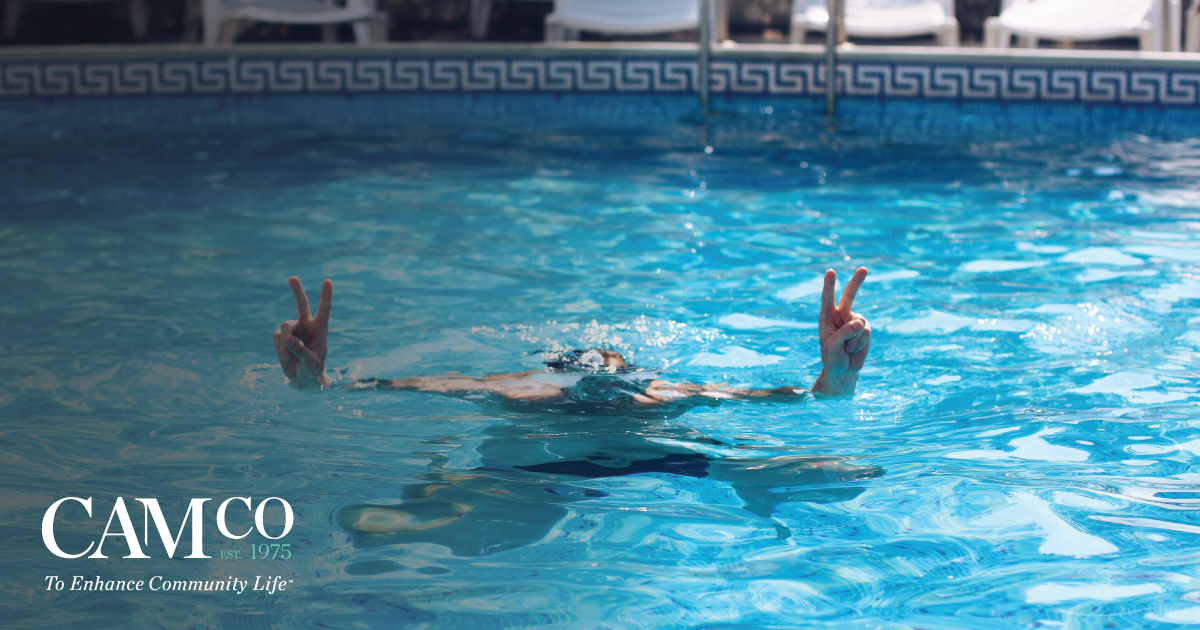A sparkling pool is often the heart of a community association, offering residents a place to relax, exercise, and socialize.
However, maintaining a pool requires diligent care to ensure it remains safe, clean, and inviting for all residents to enjoy. In this blog, we’ll explore the best practices for pool maintenance in community associations, covering everything from regular cleaning routines to safety protocols.
- Establish Clear Guidelines:
First and foremost, establish clear guidelines and rules for pool usage. Make these rules easily accessible to all residents through signage, newsletters, or community websites. Guidelines should cover pool hours, guest policies, safety rules, and expectations for behavior and cleanliness.
- Regular Cleaning Schedule:
Develop a regular cleaning schedule to keep the pool water pristine. This includes skimming the surface to remove debris, vacuuming the pool floor, and brushing the walls to prevent algae growth. Cleaning should occur at least once a day, with additional maintenance as needed during periods of heavy use or inclement weather. If you have a professional pool maintenance company that you hire, this should be conducted by them on a regular basis.
- Water Quality Testing:
Maintaining proper water chemistry is crucial for both the safety and comfort of swimmers. Test the water regularly for pH, chlorine levels, alkalinity, and calcium hardness. Aim to keep pH levels between 7.2 and 7.6 and chlorine levels between 1.0 and 3.0 parts per million (ppm). Adjust chemical levels as needed to maintain balance and clarity. If you have a professional pool maintenance company that you hire, this should be conducted by them based on your state’s standards.
- Professional Inspections:
Schedule regular inspections by a professional pool maintenance company to ensure all equipment is functioning properly. This includes checking pumps, filters, heaters, and chemical feeders for any signs of wear or malfunction. Addressing issues promptly can prevent costly repairs and downtime.
- Safety Measures:
Prioritize safety by implementing and enforcing safety measures around the pool area. This may include installing secure fencing, self-closing gates, and anti-entrapment covers on drains. Provide adequate signage with rules and emergency contact information. If you have a professional pool maintenance company that you hire with lifeguards on duty, they should have CPR training.
- Seasonal Maintenance:
Prepare the pool for seasonal changes to protect it from damage and maintain optimal performance. In colder climates, winterize the pool by draining water from pipes, covering the pool, and storing equipment indoors. In warmer climates, perform routine maintenance to prepare the pool for heavy summer use, such as deep cleaning, equipment checks, and chemical adjustments.
- Budget Planning:
Develop a comprehensive budget that accounts for ongoing maintenance costs, equipment upgrades, and potential repairs. Allocate funds for routine maintenance tasks, such as chemical treatments and equipment servicing, as well as larger projects, such as resurfacing the pool or replacing outdated equipment. Regularly review and adjust the budget as needed to ensure financial stability.
Maintaining a pool in a community association requires dedication, organization, and attention to detail. By implementing these best practices for pool maintenance, community associations can ensure their pool remains a safe, clean, and enjoyable amenity for all residents to enjoy year-round. Remember, a well-maintained pool not only enhances the community’s quality of life but also contributes to its overall appeal and property values.


